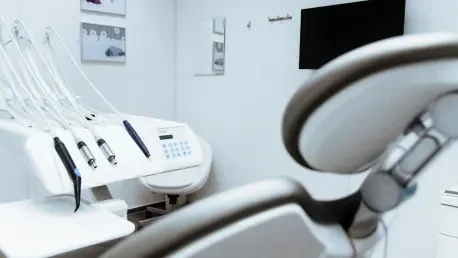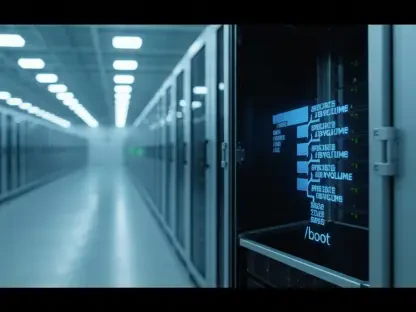Kettering Health, a prominent network of healthcare facilities in Ohio comprising 14 medical centers and more than 120 outpatient clinics, is presently contending with a significant cybersecurity breach. This unauthorized network access has led to a comprehensive technology outage, disrupting operations and forcing the cancellation of numerous elective inpatient and outpatient procedures. Despite the ongoing service in emergency rooms and clinics, this incident has introduced substantial challenges to healthcare delivery, notably in clinical settings where access to electronic health records has been severely hampered. The disruption has led to manual record-keeping replacing automated systems, a considerable step backward in efficient patient management. This event underscores the complex relationship between healthcare and digital security, reinforcing the notion that the digital transformation of medicine brings both tremendous benefits and potential vulnerabilities.
Impacts and Emergency Protocols
This apparent ransomware attack reported by CNN and Dayton Daily News has not only disrupted Kettering Health’s ability to deliver efficient patient care but also caused a shift in local emergency services. With a ransom note threatening to release or obliterate sensitive information if negotiations do not commence within 72 hours, Kettering Health’s efforts are now focused on mitigating the breach. They have implemented downtime procedures while returning to manual documentation processes. These measures, while necessary, can be cumbersome and time-consuming, affecting the speed and quality of patient care. Consequently, the Greater Dayton-Area Hospital Association and the Greater Miami Valley EMS Council are compelled to divert medics to other healthcare facilities. This has led to an increased patient load in neighboring establishments such as Premier Health, which has already initiated a “code yellow” alert. Such developments highlight the extensive ripple effects a single cyberattack can have on a broader healthcare network, affecting far more than the institution directly targeted.
Healthcare providers must balance immediate patient needs while ensuring the ongoing security of sensitive data. This incident stresses the importance of having robust emergency protocols and comprehensive contingency plans to reduce service disruptions. As medical institutions further integrate digital technologies into their operations, the need for stringent cybersecurity measures becomes all the more vital.
Broader Implications and Lessons Learned
The Kettering Health cyberattack is a stark reminder of the pressing cyber threats facing the healthcare sector today. This incident highlights the vulnerabilities inherent in digital infrastructures, prompting a reevaluation of existing security protocols and practices across the industry. As cybercriminals become increasingly sophisticated, their tactics and methods continue to evolve, making it essential for healthcare organizations to stay vigilant and proactive. Regular audits of cybersecurity systems, investments in emerging technologies, and continuous education of staff are crucial components in building resilient networks that can withstand such breaches.
The ongoing response from Kettering Health also sheds light on the critical importance of transparent communication with patients, staff, and the community during such crises. By keeping stakeholders informed, the organization can maintain trust while collaboratively working towards a resolution. This situation reinforces the broader trend of escalating cyber threats and exemplifies the urgent need for all healthcare entities to prioritize cybersecurity measures. Effective risk management strategies must be developed and implemented, ensuring that healthcare services continue with minimal interruption despite cyber challenges.
Moving Forward in a Digital Age
The recent ransomware attack reported by CNN and Dayton Daily News has significantly disrupted Kettering Health’s healthcare operations, impacting both patient care and local emergency response systems. The cybercriminals have issued a ransom demand, threatening to release or destroy sensitive information if negotiations don’t start within 72 hours, pushing Kettering Health to prioritize containing the breach. In response, they have initiated downtime measures, reverting to manual documentation processes, which, while necessary, are cumbersome and can slow down patient care delivery. This situation has compelled the Greater Dayton-Area Hospital Association and the Greater Miami Valley EMS Council to reroute emergency medical services to nearby facilities like Premier Health, already under a “code yellow” alert due to increased demand. This incident reveals how a single cyberattack can ripple across a broader healthcare network, stressing the importance of robust emergency protocols and cybersecurity measures as medical institutions increasingly rely on digital technologies.









